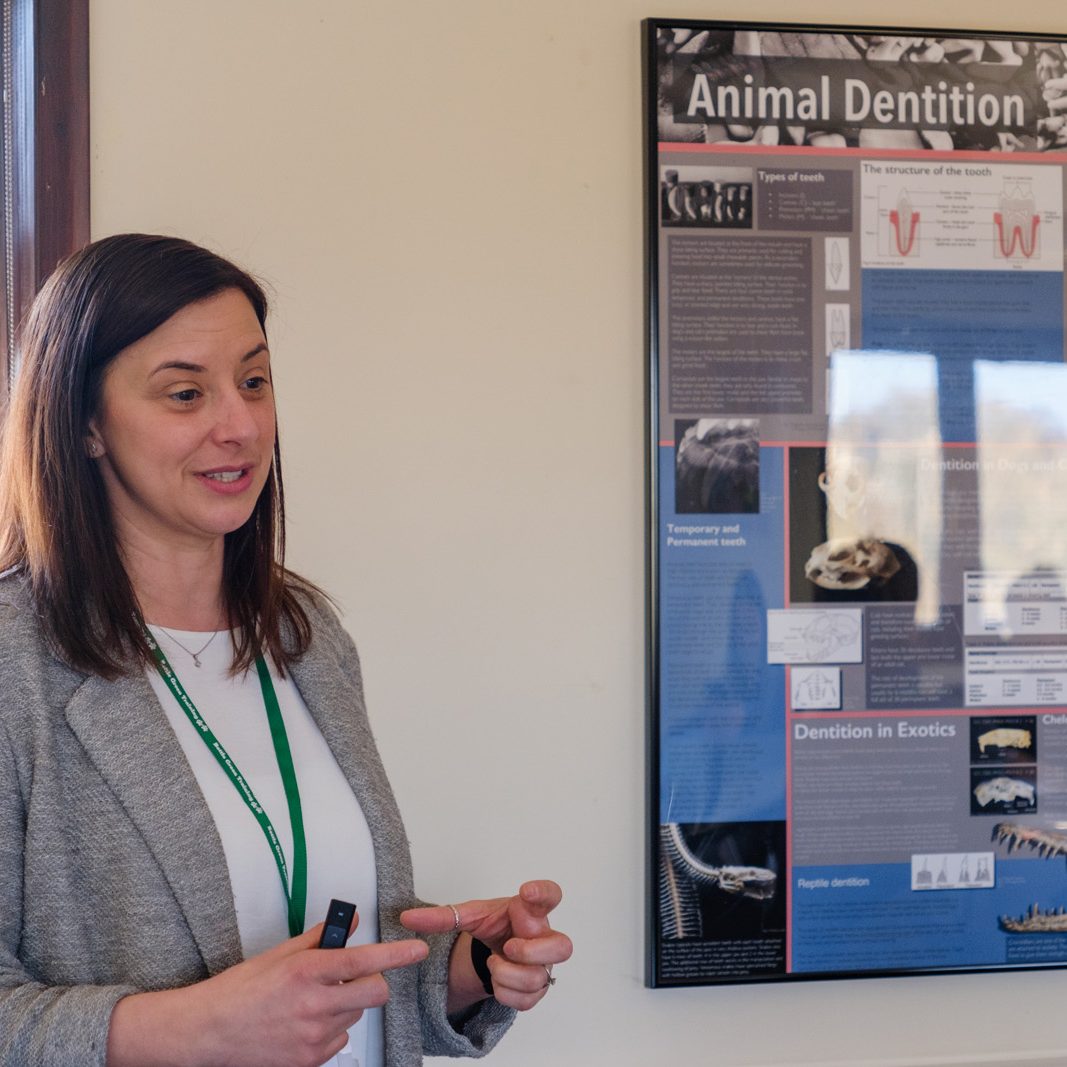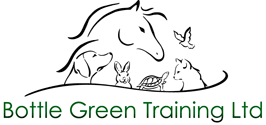
Training practices
Why become a TP
Approved TPs can offer clinical training that is essential to qualifying as a veterinary nurse.
Training your own staff can be a very rewarding and cost-effective way of recruiting the right people for the right role within your veterinary practice. You will be able to train someone to fit your practices' needs and also expand the skills of your existing team.
It can provide a route for career progression within the practice as students require a coach or mentor to guide them through their training in practice.
At BGT we pride ourselves on providing up to date training to students which in turn will enable your practice to be kept up to date with new techniques and technologies.
As your students are training whilst working, they very quickly gain valuable practical and theoretical skills as they are learning on the job.
To become a TP you need to have a busy enough case load to support a student nurse through their training and have sufficient facilities. However, there is the possibility of becoming an aTP (auxhiliary traing practice), if you do not have all of the facilities or caseload but could provide a good learning enviroment for a substantial part of the practical training.
You will need to have a qualified member of staff either MRCVS or RVN to be trained as a clinical coach, who will mentor your student through the practical aspects of the training.
If you are interested in becoming a TP through us, we can send you the RCVS application paperwork and support you through all aspects of the application. We will arrange a mutually convenient time to come to visit you on site.
Apprenticeship Training
What is an apprenticeship
Apprenticeships are for those aged 16 or over and combine working with studying to gain skills and knowledge in a job role.
Veterinary nurse / Institute for Apprenticeships and Technical Education
Apprentices can be new or current employees.
Apprentices must:
-
- work 30hrs per week
- learn skills relevant to your organisation
- get time for training or study during their working week (at least 7 hours per week)
Employer cost
-
- Apprentices must be in paid employment - National Minimum Wage and National Living Wage rates - GOV.UK
- Smaller, independent practices will be asked to contribute 5% of the apprentice’s training and assessment costs, the remaining 95% will be paid for by the Education and Skills Funding Agency (ESFA) (100% is paid for levy practices, or any practice with an apprentice aged 16-18 years).
Employer responsibilities
Employers need to provide:
-
- a safe work environment and a full Induction to policies and procedures
- have an apprenticeship contract of employment, working 30+ hours per week
- ‘On-the-job’ training to ensure your apprentice has opportunity to demonstrate job-specific skills. This is when the learner is observing a new skill.
- ‘Off-the-job’ training/learning to be done during the apprentice's normal working hours. This is a learner applying a new skill.
- opportunity for the apprentice to meet with a BGT Liaison Officer every 12 weeks to review progress and agree targets with their practice Mentor or Clinical Coach.
Employers need to have:
-
- a signed Apprenticeship Agreement (agreement of terms between the apprentice and employer) and Training Plan (contract of training, and roles of the employer, provider and apprentice during the apprenticeship).
